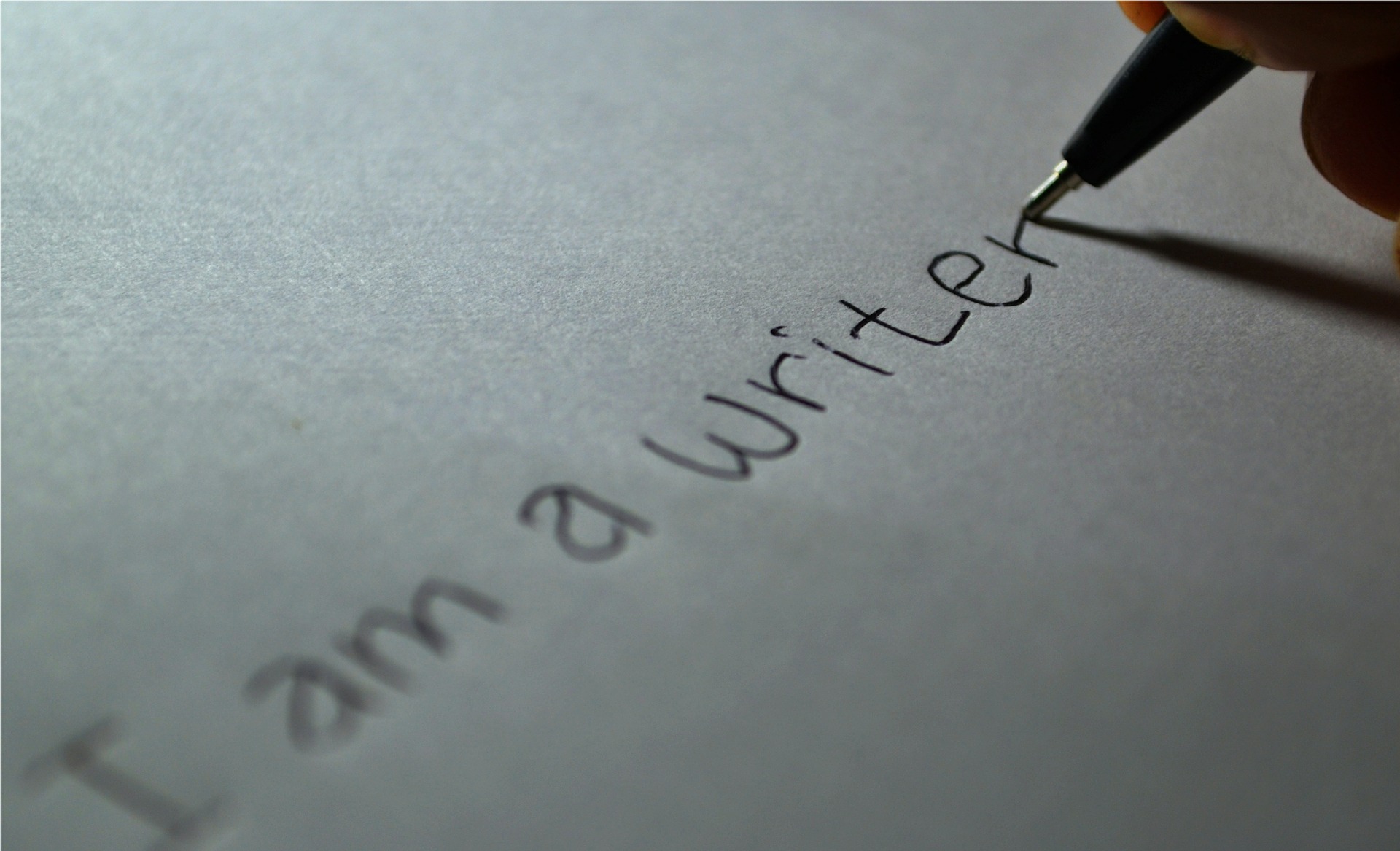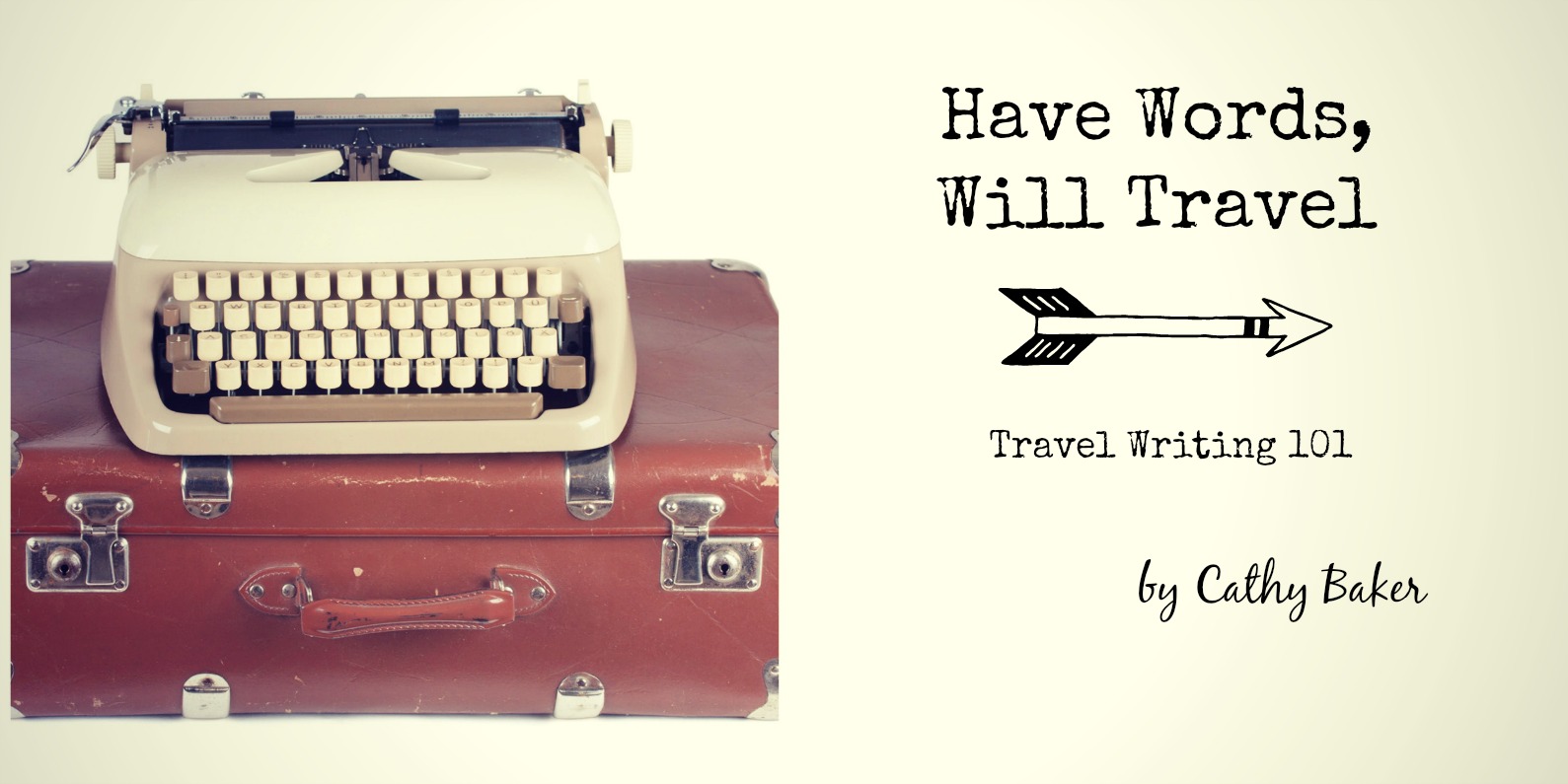What comes first? Do you begin with a great plot idea, and then create characters to fill out the story? Or do you come up with an intriguing character and then try to figure what the character needs to do?
How you answer these questions says a lot about whether you are a plot-driven or character-driven writer.
I am definitely a plot-driven person because that is my starting point. Three of my four novels are based on real people from history, so at first glance you might think I’m a character-driven writer. After all, aren’t I looking for real people from history? Isn’t that where I start?
Actually, no.
In truth, I start by looking for incredible stories from history. For instance, I have written two Underground Railroad novels—one in which the slave (Henry Brown) shipped himself to freedom in a box, and the other in which the slave (Ellen Craft) escaped by pretending to be a white man, while her husband posed as her slave.
The stories of Henry Brown and Ellen Craft were what drew me to them, not their personalities—although both of them happened to be fascinating people in their own right. But I still started with their stories.
So what are you—a plot-driven or character-driven writer?
I was first posed with this question when I attended a conference course taught by Jeff Gerke, a fiction editor who specializes in science fiction and fantasy. After attending his class, I ran out to buy his book, Plot Versus Character: A Balanced Approach to Writing Great Fiction—a book I recommend.
“I believe there are two types of novelists,” Gerke says in Plot Versus Character. “On the one hand you have those for whom plot ideas come naturally. On the other, you have those for whom characters arise with ease. Plot-first novelists think of story ideas all day long. Theirs are the fabulous books in which many exciting things happen. The focus tends to be on the events occurring in the story rather than on the characters, and usually, lots of things blow up. I know about this kind of novelist,” he says, “because I’m one of them.
“Character-first novelists are those writers who are endlessly fascinated by what makes people tick,” Gerke continues. “The fictional people they create are rich, engaging, believable, and compelling. You feel that those people truly exist.”
Gerke goes on to explain that many plot-driven writers have a tendency to neglect good character development, and as a result their characters become one-dimensional. I love some of the late Michael Crichton’s novels, such as Jurassic Park, but he was clearly a plot-driven writer, and his characters often come across as the same, from novel to novel.
Then there are the novelists who create fascinating characters, but the characters don’t do anything but meander through a story world in which not much happens. As unique and real as these characters might be, I quickly lose interest if they’re not doing anything.
That’s why Jeff Gerke wrote his book Plot Versus Character—to help character-driven writers improve their plots and to help plot-driven writers improve their character development.
Since I’m a plot-driven writer, I always have to work extra hard to make sure I don’t neglect my characters. To do this, I ask the following questions about my main characters:
- What are my character’s flaws? What is his or her major flaw?
- What are my character’s strengths?
- What does he or she look like?
- What is his or her personality? Extrovert, introvert, depressed, excitable, etc.?
- What is my character’s backstory?
- What is my character’s arc? How does he or she change over the story?
- What does he or she fear?
- What does my character want?
- What secrets does he or she keep?
- Who are the character’s closest friends?
- What was my character’s upbringing like?
- Does he or she have any quirks?
- What is my character’s calling, or mission, in life?
- What is the internal conflict?
- What is the external conflict?
I end this list with both internal and external conflict because conflict is the bridge where the character-driven and plot-driven worlds overlap. A character-driven writer may give the lead character a lot of internal conflict, but neglect the external conflict. For the plot-driven writer, it’s often the reverse. So strive for both: strong characters with internal conflict and strong plots with external conflict.
In basketball, less experienced players usually rely on their dominant hand, often the right hand. Kids can get away with this when they are young players, but if you want to excel in basketball, you have to work on your weak hand. You have to be just as comfortable using your left as your right hand.
It’s the same with writing. Find out which is your “strong hand”—character or plot. Then work on your weak hand.
* * *
5 for Writing
- Get writing. Find the time to write. Then do it.
- Learn by listening—and doing. Solicit feedback, discern what helps you.
- Finish your story. Edit and rewrite, but don’t tinker forever. Reach the finish line.
- Thrive on rejection. Get your story out there. Be fearless. Accept rejection.
- Become a juggler. After one story is finished, be ready to start another. Consider writing two at once.







3 Comments
This is really great Doug, good article.
Thank you for your post. I think I would be a character-first novelist, if I started writing fiction. And I might one day. 😉 Thanks for the book suggestion. I will have to look into that!
This is a great article. I’m definitely a character-driven writer, and I need to work on my weak hand. Thanks for sharing!